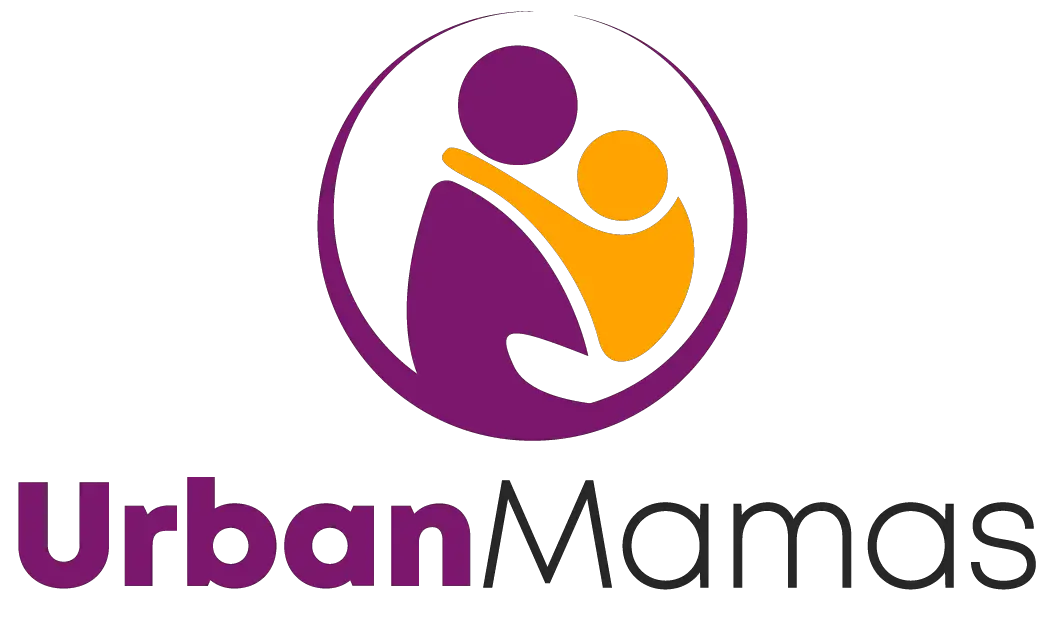Table of Contents
Introduction
There is so much to plan for when you are pregnant. And one of the decisions you must make is whether you want to formula-feed or breastfeed your baby. Prepare yourself if you are struggling to breastfeed that you will have to give your baby supplementation formula. There is no shame in that. Remember that many mothers choose to formula-feed for a variety of reasons. And even if you are successful with nursing, you will need to pump so that others can feed your baby while you are working or unable to do so. That is why it is crucial to learn how to bottle feed your baby correctly.
Whether you are formula-feeding or breastfeeding, you must know how to feed your baby with a bottle. Let’s talk more about that below.
Choosing The Right Bottle To Feed Your Baby Is Essential
The old-style plastic baby bottles that your parents fed you with are likely no longer recommended because they can increase gas and colic. Therefore, you will want to invest in baby bottles that can minimize gas and colic pain, as modern bottles can do that. You can also get baby bottles made from glass, polypropylene, and silicone material free of BPA and other chemicals. You will want to get the right type of nipples for your baby, depending on your infant’s age.
Newborns and young babies under six months old should use slow flow nipples, which allows the milk to flow slowly. That decreases the choking and air ingested risk, which causes gas pains, colic, and spitting up. Infants over six months old can use the faster flow nipples as they are larger enough to drink more milk in one sitting.
How much is a baby bottle? That depends on the brand and quality. The average prices of baby bottles are from $15 to $60, depending on many factors. The baby bottles that prevent the most gas in babies would likely be more costly than bottles that are not as colic-resistant. You can always get recommendations from a pediatrician if you need help deciding on the type of bottle to buy. Regardless of the type of bottle, you will need to know how to bottle feed a baby correctly.
How Do You Bottle Feed A Newborn Or A Young Baby?
If you plan to formula-feed your baby, the good news is that newborns know how to suck from the nipple right away. However, suppose you plan to bottle feed your breastfeeding baby. In that case, you will want to wait until the baby is two or three months before introducing the bottle to avoid nipple confusion. Nipple confusion can cause problems for the baby latching on properly. The only exception is if you plan on exclusively pumping your breastmilk from day one.
Let’s focus on bottle feeding a newborn without using breastfeeding into the equation. Newborns and young babies only can take in two ounces at the most from a bottle during each feeding because their stomachs are too small to take in anything more. That is why they need frequent feedings since they digest the milk quickly.
The first thing to look for is signs that the baby is hungry, which can characterize them nuzzling against breasts and sucking on fingers, or opening the mouth. The baby may make lip-smacking sounds or may suck on the lip, or display through rooting reflex. Newborns can also cry if they are hungry, and calling for hunger becomes the norm once the newborn begins to grow.
Now you see the signs that your baby is hungry, now it is time to prepare the bottle by warming it up. Once you are ready to feed your infant, cradle your baby in a comfortable position in your arms. You do not want your baby to lie flat on their back. Make sure the infant is somewhat upright. You will then want to tilt the bottle up so the milk fills the nipple. If there is not enough milk filling the nipple, your baby will end up sucking in the air, which will cause gas and colic, which you do not want to happen.
Stop feeding your baby every five minutes to burp your baby in between feedings, which can help reduce gas. Then look for signs of your baby pushing away from the bottle at the end of the feeding. That is a sign that the baby is full. Be on the lookout for signs that your baby struggles during a bottle feeding.
What Signs To Look Out For If The Baby Is Struggling During A Feeding
The one thing to look out for is your baby choking, sputtering, or gulping during a feeding. That is a sign that the nipple isn’t correct for the baby’s age. Other signs of the nipple being the wrong size for babies are that milk is flowing at the side of the mouth, and the infant becomes frustrated during the feeding. The nipple is too large for the infant if that happens. The correct nipple size will not cause these problems for the baby.
Another issue to look out for is if you are formula-feeding your infant, look for signs of digestive distress such as colic, excess spitting up, and agitation signs after feedings. The problem can be with the formula, which means you will need to switch. If you are bottle feeding breast milk to your baby with the same reaction, you must adjust your diet.
As the baby grows older, the baby will take in more ounces of milk and have fewer gas and colic issues as their digestive system matures. Bottle feeding will get easier over time as the baby gets older.
Conclusion
One of the most critical decisions to make during pregnancy is whether or not to formula-feed or breastfeed your baby. Regardless of how you feed your baby, you will need baby bottles. Even though you won’t bottle feed a breastfed baby immediately due to not wanting to risk nipple confusion, you will need bottles.
Supplementation could be a requirement if your baby isn’t thriving that well on breastmilk, and others in your family or sitters will want to feed your baby. That is why you need a breast pump‘. However, either way, you will need to know what bottle feeding your baby involves regardless of how you choose to feed your infant.

